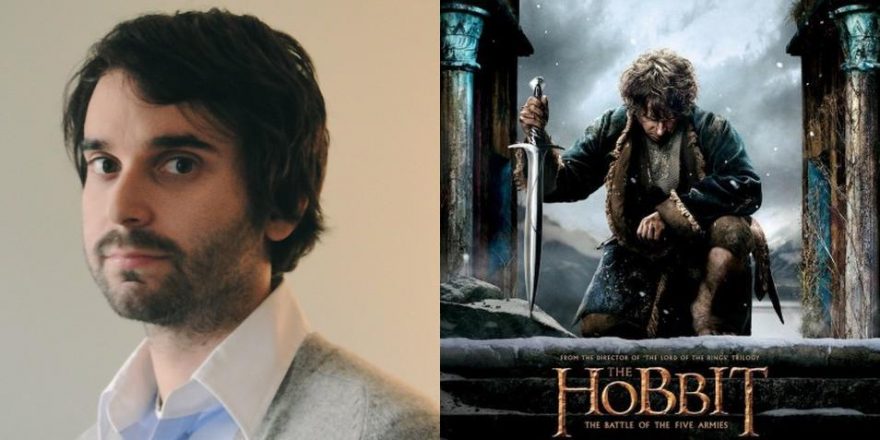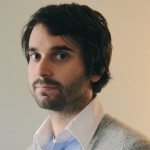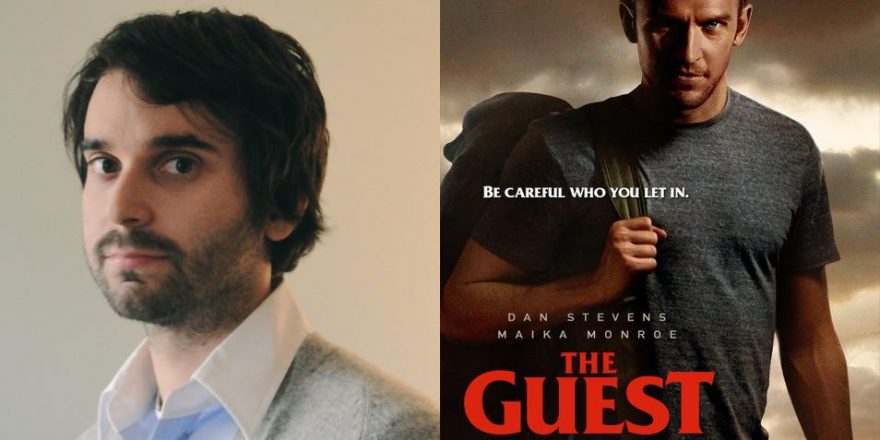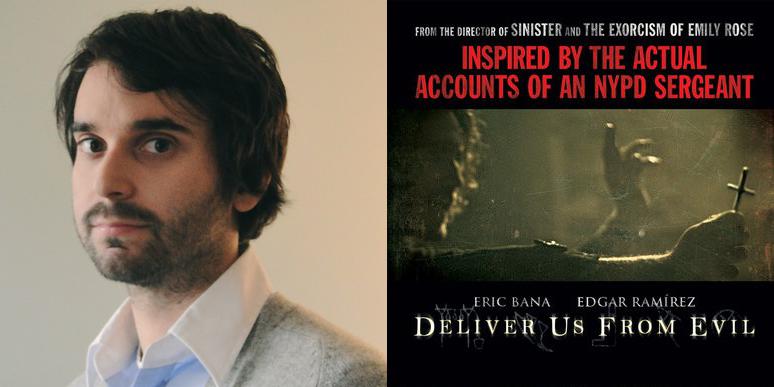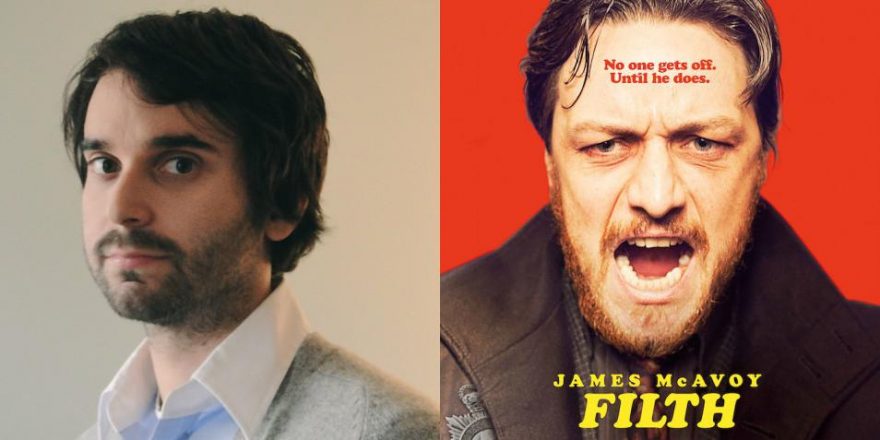I could not love Peter Jackson’s The Lord of the Rings trilogy more. The day The Fellowship of the Ring came out, I left high school at 11 a.m. to see the noon showing alone. I saw it at 8 p.m. that night as well, with my father. He’d turned me on to LOTR, encouraging me to read the books that he had once enjoyed so. We saw the entire original trilogy together, and I think those films are masterpieces. My fiancé and I have watched all three films as a marathon every December since 2008. So now you know what we’re up against here: I am not objective about the franchise and came to the trilogy of films based on The Hobbit with fervent anticipation.
To say that the three new films (The Hobbit: An Unexpected Journey, The Desolation of Smaug and now The Battle of the Five Armies) have gotten a bad rap is an understatement. People feel personally betrayed by these new Middle Earth adventures in a way that almost recalls the response to the Star Wars prequels. I cannot for the life of me figure out why. The original trilogy (henceforth: OT) was major in every way. Not only did each LOTR film make a ton of money (with Return of the King essentially sweeping the Oscars) but people also loved the films. They heaped praise on the special effects, the scope of battles, the quality of performances, the casting, the world-building… they were total successes across the board. And take it from someone who has watched them all once a year for six years in a row: they really hold up. Hardly anything in them feels stale or disappointing to me. In fact, they get better every time.
When An Unexpected Journey, the first of the Hobbit movies, arrived in 2012, though, people didn’t care for it. I personally think the film is pretty great — especially the first half, in which Bilbo is recruited by the Dwarves and dispatched upon his titular travels — though it’s perhaps my least favorite of the six LOTR films, if only because the second half tries and fails to hit many similar beats as Fellowship but for no narrative reason. By and large, people responded with cynicism to the existence of these new films. Peter Jackson was chastised for expanding a small book into a massive epic, and was criticized further when The Hobbit series became three films instead of two, with Jackson adding in stuff that wasn’t in the book. I thought this was a great idea, though, and I wish there were 10 of these films instead of six. If we are getting stand-alone Star Wars films and Marvel movies about relatively minor characters, I certainly hope we get a Necromancer origin film that takes place in the First Age, the once-promised movie covering the 60 years between The Hobbit and Fellowship, and so on.
The Desolation of Smaug is an excellent film, a classic fantasy epic on a par with the original trilogy. Its depiction of new and unique locations (Smaug’s cavernous Lonely Mountain of gold, the Venetian-looking Laketown) as well as the logical and clean return of familiar characters and some beautifully executed sequences (the Dwarves’ barrel escape from the Elves is as great as in the original book, and everything with Smaug is incredible) made the film truly come alive, an improvement over the already-quite-good Unexpected Journey. It also ends with a huge cliffhanger, as a violent and angry Smaug is freed from his cave and heads out to bring wrath and fire down upon Laketown. Re-watching it this week, I was excited to get to the theater for the final chapter.
The Battle of the Five Armies isn’t Return of the King, and it isn’t meant to be. That film closed the chapter on, as Gandalf says on the cusp of war, “the greatest battle of our time.” Return of the King was the longest of the OT, Five Armies is the shortest of the new trilogy. It picks up with Smaug making good on his threats and just keeps going. The battle itself must be compared to The Two Towers’ remarkable Helm’s Deep siege and Return of the King’s massive, superb battle at Minas Tirith, though it’s not as good as either, because both had major narrative stakes tied up in the spectacle of war. It’s also notable that, like the Star Wars prequels, the new LOTR films suffer from vastly inferior use of technology to the OT. Five Armies was also the first of the Hobbit films that I saw in the much-publicized “high frame-rate” technology that Jackson loves and everybody else seems to hate. It was appalling at first but I eventually got used to it. It looked pretty great for CGI shots and really bad for anything with actual humans. Fortunately, the second half of the film is mostly CGI shots.
What was good in the first two is good here and what was weak is still weak. Azog the Defiler somehow became the major villain of three films, but he isn’t cool or badass enough to fulfill such a significant role, so the “climactic” showdown between him and Thorin is somewhat unexciting. He is very similar to the Uruk-Hai leader Lurtz in Fellowship, except that Lurtz was killed easily at the end of film one. Lurtz was also a menacing prosthetic/human combination while Azog is mostly a CGI eyesore. Also, Jackson’s attempts to make Gandalf (Ian McKellen, iconic again) more integral to the story than he was meant to be, or needs to be, still feel a bit tacked-on. Gandalf’s investigation (with wizard Radagast the Brown, Cate Blanchett’s ethereal and still awesome Galadriel, Christopher Lee’s not-yet-evil Saruman) into the growing menace that will become Sauron should be exciting, like The Pelican Brief with wizards, but instead it just distracts. Seeing all three Hobbit films in IMAX 3D, I gained further appreciation for both the depth of design and production value in the sets, and the majesty of New Zealand landscapes that are untouched by time and stretch on forever. Jackson has always made these films feel unimpeachably real, whether on a mountaintop or in a Hobbit Hole, and the new films continue that tradition proudly.
The Hobbit films are essentially the story of the Dwarves, and the quest to reclaim their lost kingdom. It’s not quite as major as “the return of the most evil being of all time and his quest to conquer Middle Earth,” but it does all move along perfectly to an earned and emotional conclusion here, without leaning too heavily on knowing nods to what comes later in the OT. (I recall only two instances of these across the three films, though I am sure there are more.) The trilogy capper ends once again with a similar (and similarly eh-feeling) last-minute save by the mythical Eagles, and that’s OK because it was Tolkien’s idea anyway, and it never bothered me on my multiple reads of all four books.
The Hobbit films capture the sense of scope and wonder that small Halflings feel upon stepping out into the world beyond The Shire. Bilbo has been oddly marginalized in this trilogy, which is a shame because Martin Freeman is perfect in the role. But he isn’t the warrior hero (that would be the Dwarf leader, Thorin, superbly played by Richard Armitage in a Mortensen-esque performance as a reluctant leader motivated by tortured obligation) and unlike his nephew Frodo, he doesn’t have the whole quest resting upon his shoulders. So Bilbo just sort of hangs out while the Dwarves do their thing for three movies, but with 14 characters in pretty much every scene, what do you expect? Much credit should be given to Jackson for sticking with having 13 Dwarves, for no real reason. Surely somebody said, “Wouldn’t it be the same with seven?” but Jackson was right to stick to Tolkien’s intent.
And that’s really the thing about Jackson: he gets Tolkien. He is in awe of the material but not slavish to it, willing to see the tone and underlying meaning where he needs to adapt rather than translate. He loves the world and it gives him plenty of room to explore his own themes and ideas (both narratively and from a production standpoint) while still honoring the stories that brought us all here in the first place. His weaker decisions clearly come from a place of earnest excitement, and while it’s easy to say that there are three Hobbit films instead of two for financial reasons, I can’t imagine that Jackson, much like me, didn’t just say, “Yes, of course we should make as many of these as we can. Wouldn’t that be great?” My answer is yes.


